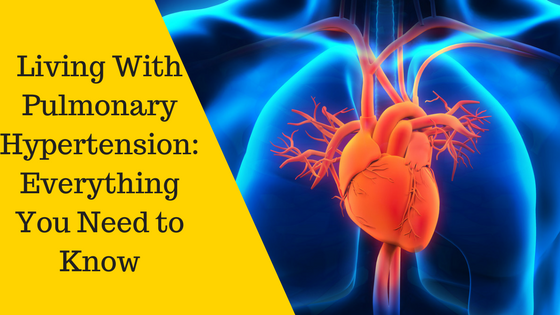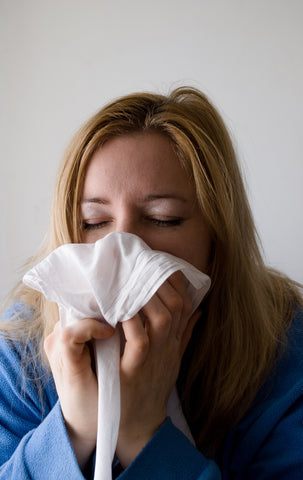Respiratory Resource Center - LPT Medical
Living with Pulmonary Hypertension: Everything You Need to Know
Pulmonary hypertension is a serious, chronic disease that affects...
Read MoreHow to Avoid the Cold, the Flu, and Pneumonia if You Have COPD
If you have COPD, then you know that getting...
Read More7 Safety Tips for Using a Portable Oxygen Concentrator
Oxygen is one of the most abundant gases in...
Read More


